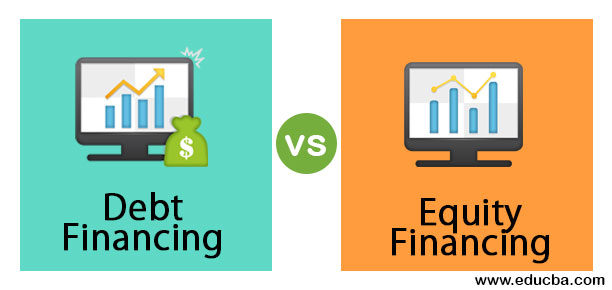Debt financing is the second component of the weighted average cost of capital (WACC). If you are an entrepreneur and you are looking for funding, chances are you have come across these two terms:
- Debt financing
- Equity financing
Since we’ve talked about equity financing in another article, we will focus on debt financing in this post. So, in simple terms, debt financing means borrowing money from financial institutions, typically commercial banks, to acquire assets or invest in working capital.
So, what are the advantages of debt financing in comparison to equity financing, or ”Why would you choose debt financing over equity financing?”
- Maintaining ownership of the shares in contrast to equity financing, you would need to sell off some of your shares in exchange for capital.
- The interest paid from the loan made is tax-deductible, whereas dividends are paid from profits after tax.
- Debt financing is believed to be relatively cheaper than equity financing as the interest rate is lower than the shareholder’s return.
With all these advantages, there are also disadvantages to debt financing. These disadvantages are:
- In case of default, the banks will take over all the assets.
- Higher debts would lead to high interests expense, lowering the shareholder’s profits.
Ultimately, if you are looking to fund your business through debt financing, always remember to keep it at a reasonable level as too much debt financing may lead to default.
With that being said, let’s take a look at the different sources of debt financing.
Types of Debt Financing
1.Bank Loans
Bank loans are commercial loans made to a corporation where the company’s assets will be used as collateral for the loan. Bank loans are offered by commercial banks and offered by various financial institutions and commercial lenders.
Although it is hard to get a bank loan as they have strict requirements to get them, if you qualify for the loan type, bank loans charge a low-interest rate. So, bank loans are a good option if you are looking to get a large funding sum.
2.SBA (Small Business Administration) Loans
If you have a small business, then you may want to consider getting an SBA loan. SBA loan is basically a loan for small businesses partially guaranteed by the government, reducing the risk of financial institutions issuing out the loan.
As a small business, you may want to go for SBA loans because they are known to offer interest rates that are very low and repayment terms favorable to business owners. Additionally, the collateral is also lower in comparison to traditional bank loans.
The only downside is that the application process for SBA loans may take longer.
Conclusion
When you are looking to fund your company through debt financing, understand your company’s current position. As ultimately, you want to use the advantages that debt financing has to offer in your favor. However, always remember that debt financing is efficient only if kept at a reasonable rate as you want to avoid defaulting.
Although there are many different types of debt financing, the two main ways to do so are through traditional bank loans and SBA loans. These 2 types of loans charge a low-interest rate, which is suitable when you are looking to grow your business. However, if your business is new, you may want to consider for SBA loans as it provides better terms in comparison to traditional bank loans

Pingback: What is equity financing? EXPLAINED - Finance - FMC